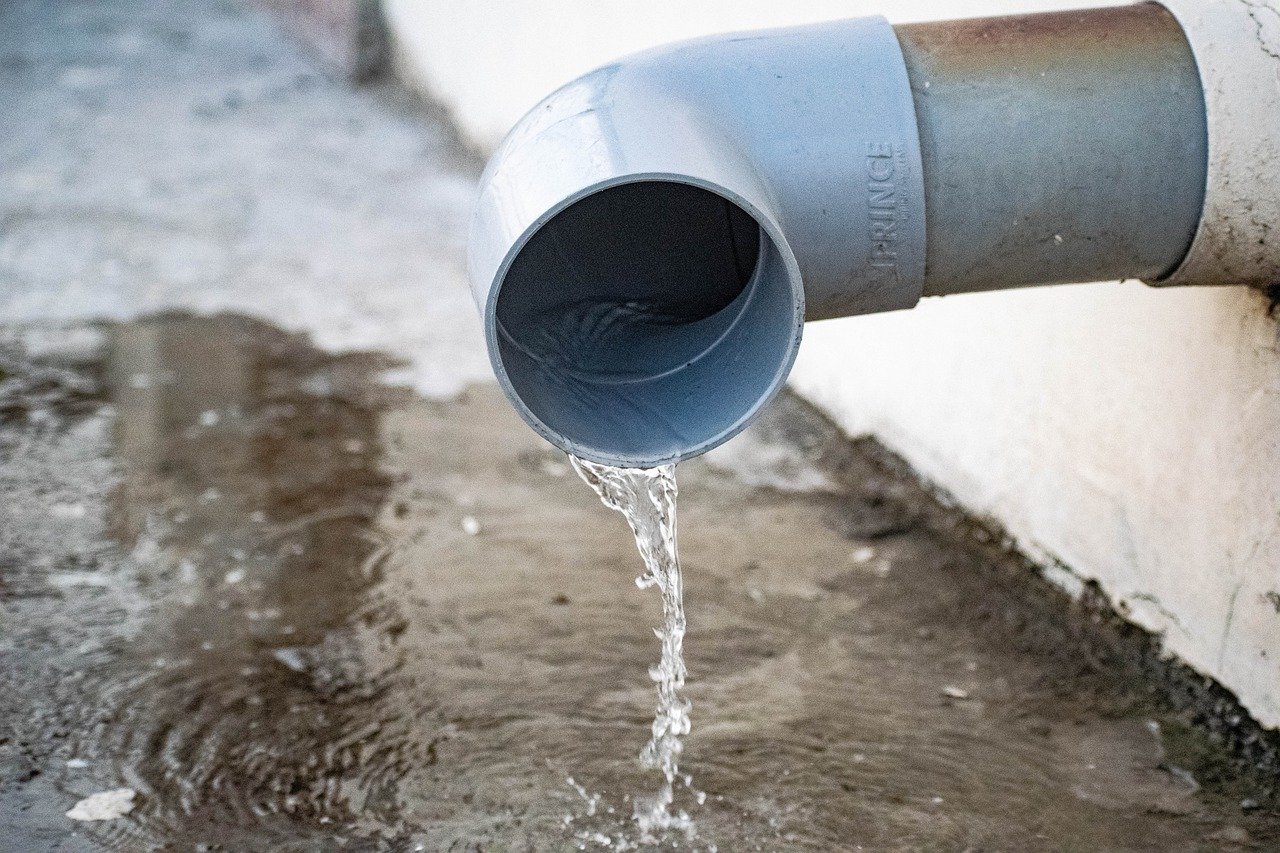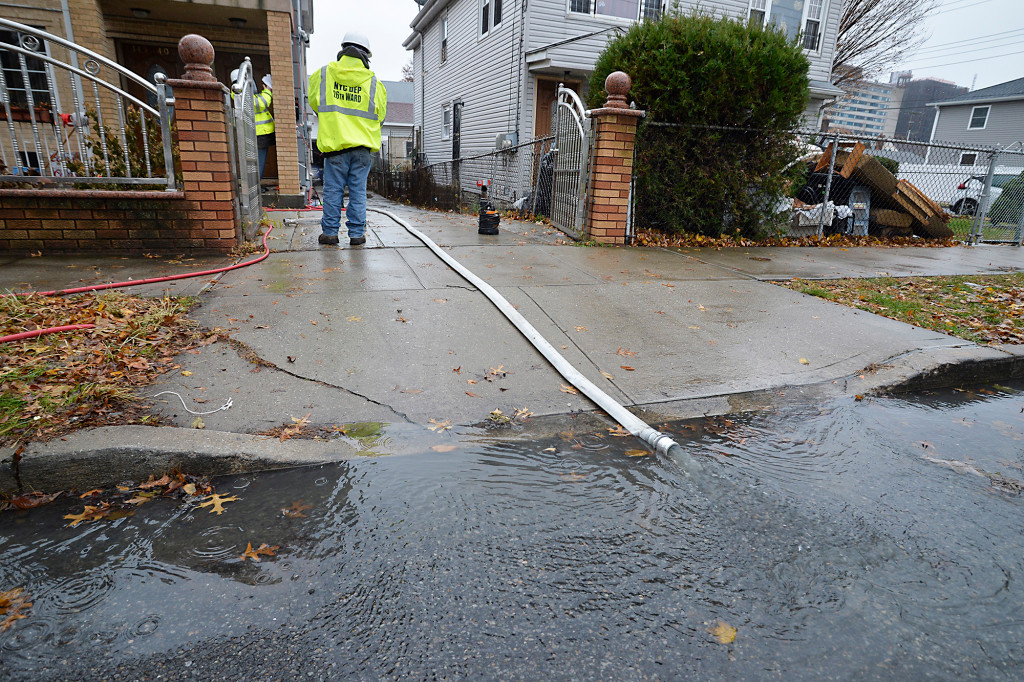Neat Tips About How To Clean Sewer Backup

Turn off the power the first step you need to take when cleaning up your basement after a sewer backup is to turn off the power to your basement.
How to clean sewer backup. Some plumbing companies offer an annual inspection program where they will. You have more agency in preventing backups from these causes, but if one of these factors. Removal of contaminated furnishings, carpet and flooring, and,.
Without a thorough drying, a crawl space is more prone to mold,. You can use a wet/dry vacuum or a pump to remove the water from the. How to clean sewage backup.
Wear gloves and a mask to stay safe from germs. Before cleaning the crawl space, you should first dry the area with the use of dehumidifiers or fans. The solution involves using a drain snake to clear the clog.
Here are a few helpful prevention tips: Water in the basement can lead to the growth of mold and mildew. Specialized removal of sewage and water to help eliminate parasites, bacteria, and viruses.
Sewage backup, however, can result in mold and mildew growth plus other. If it is a small event and you prefer to do the work yourself,. A main sewer line backup is happening when wastewater is overflowing in toilets, sink drains or floor.
If your basement does not already have a working sump pump, buy one or repair the one you already own. The best way to clean the sewage out of your basement is to prevent the disaster from happening in the first place. The first step in how to manage a sewer backup is to not have one.
Sewer cleaning is better left to the professionals but you can sanitize your own property if the sustained damage is not too extensive. The first step in cleaning up sewage backup in a basement is to remove any standing water. If you experiencea sewer backup , it is recommended that a professionally trained restoration firm be utilized.
Never pour cooking oil or grease down any. If your basement has sewage backup, it’s important to clean up quickly. A sewer backup occurs when wastewater moves the wrong direction through the sewer system—when.


















